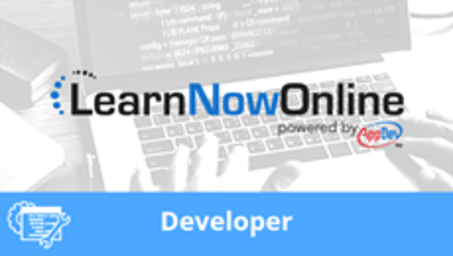
Django for Python Developers, Part 1 of 8: Basics and Setup
Course description
Django is the most widely used Web Application Development framework in the industry today. Django makes it super easy to create production ready web applications This course will get you started with Django, setting up the environment and working on a first Django Web Application.
Each LearnNowOnline training course is made up of Modules (typically an hour in length). Within each module there are Topics (typically 15-30 minutes each) and Subtopics (typically 2-5 minutes each). There is a Post Exam for each Module that must be passed with a score of 70% or higher to successfully and fully complete the course.
Prerequisites
Knowledge of Python
Meet the expert
Bharath Thipireddy
Bharath Thippireddy is an entrepreneur, software architect, public speaker, and trainer. Bharath is a Sun Certified Developer, Web Component Developer, Business Component Developer, and a Web Services Developer. While working for companies like Oracle, HP, TCS, Siemens, and NCR; Bharath has architected applications using Java, JEE, JavaScript, and SOA technologies. He loves learning new things both in technology and personal development and shares them on YouTube and his web site - Sharing is learning!. He has mentored students in classroom trainings, as well as in the corporate world, both in India as well as in USA. He has spoken on technical topics at several agile conferences. While in India he also voluntarily teaches interview and soft skills at Vivekananda Kendra.
Video Runtime
52 Minutes
Time to complete
98 Minutes
Course Outline
Basics and Setup
The Basics (10:23)
- Introduction (00:08)
- Web Application Basics (01:46)
- Server Side Programming (01:46)
- What and why Django (02:28)
- MVT Pattern (02:37)
- Django Projects and Apps (01:28)
- Summary (00:08)
Software Setup (11:46)
- Introduction (00:08)
- Install DJango (03:18)
- Install ATOM IDE (02:49)
- Install MySql and MySql Workbench (03:14)
- Launch MySql Workbench (01:43)
- Install python mysqlclient (00:24)
- Summary (00:08)
First Django App (30:23)
- Introduction (00:08)
- First a DJango Project (04:25)
- Run the project (02:54)
- Create a DJango App (03:22)
- Create a View (02:22)
- Configure URLs and Run the app (02:46)
- Create another view (02:43)
- Multiple applications in a project (06:04)
- Application level URLs (05:28)
- Summary (00:08)







